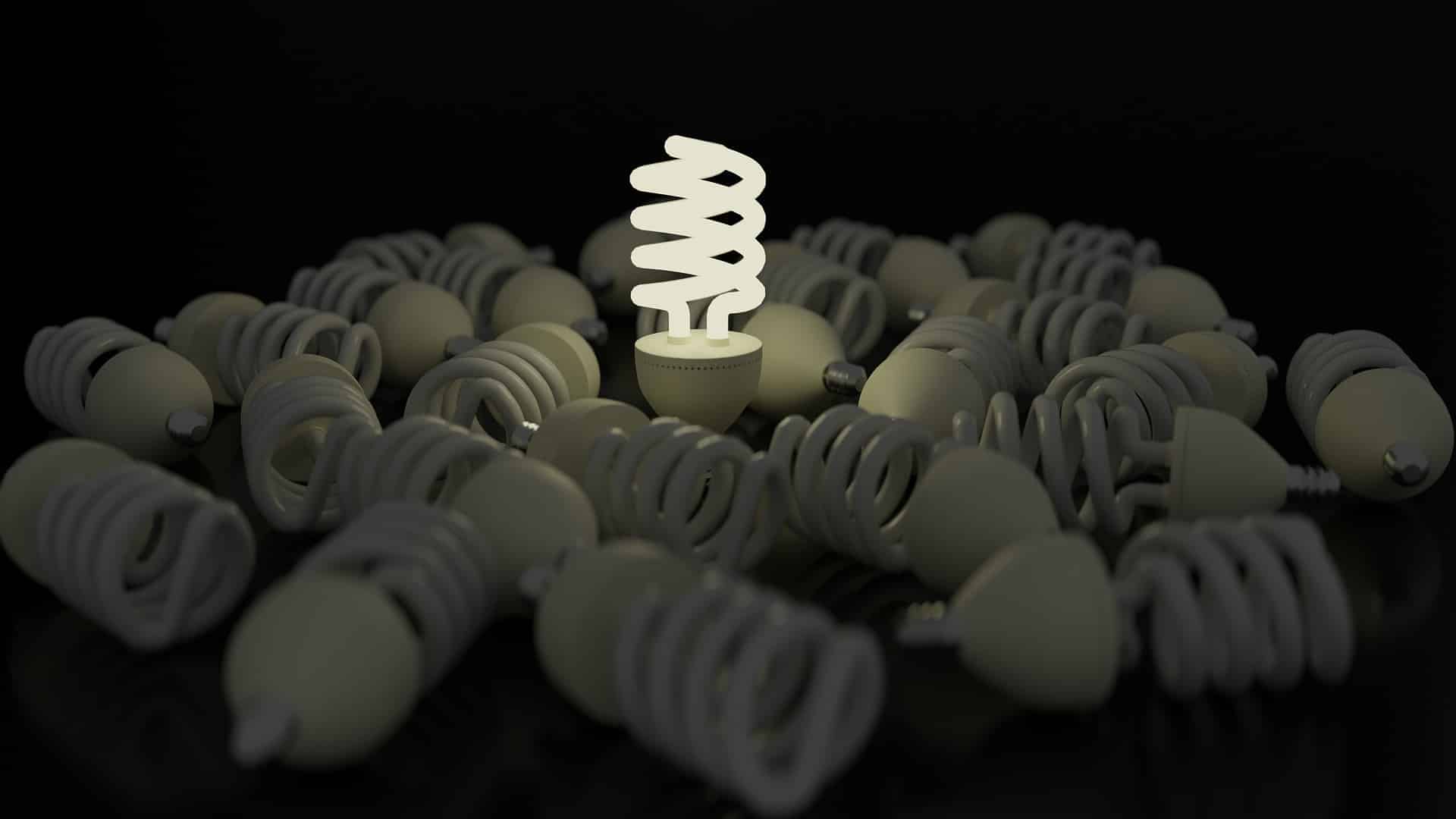Best hydroponic lights for the beginner

Choosing the best hydroponic lights is not so easy when you are a hydroponic beginner. Different plants need different lightning solutions and purchase costs and running costs are an important factor.
Common types of lights for hydroponic growing
There are more options when it comes to light sources for indoor hydroponics. We have common lights that can be used in your office and specialized lightning solutions for plant growing.
Let’s start by saying that Sun is the best light there is for plants. Therefore, the best indoor hydroponic light is the light that replicates the Sun: bright, correct spectrum and free. We can’t have all of these indoors, so let’s see what is the best indoor light for your plants.
T5 fluorescent or led for hydroponic system
T5 fluorescent or led are the most common lights that you can also find in your office. These are usually the preferred light solution for the beginner hydroponic grower because they can be easily sourced for cheap and if it turns out that hydroponics is not for you, you can easily re-use them for anything else in your house or garage.
If you go the T5 route, here are the most important things to look for:
- surface – if you think about the Sun, you can’t probably have a too bright indoor light, so you should make sure your T5 light is big enough to get plenty of light to your plants
- wattage – as for the surface, the bigger the better, but on the long run, the electricity costs add up, therefore Led is far better than fluorescent as they draw half of the wattage
- light spectrum – T5 comes with some generic spectrum names: warm (also marked as 3000K), neutral and cold (also called 6500K). Here is the thing you should know: the lower color temperature (2700-3000K) is better for flowering. The 5000K and 6500K white light is great for growing green leafy plants. The beauty of the T5 is that you can mix cold and warm led and have a balanced light for your plants.
CFL lights for hydroponics
CFL bulbs are quite common in our houses, but in the last years they were replaced by led. CFL Grow Light are soft white and daylight, similar to T5. They are best when you need to have light concentrated in a limited area, but you have a larger hydroponic system you need several bulbs spread to the entire surface of the growing area. Even more, CFL lights, same as the T5 fluorescent tend to have a limited lifetime, and usually go less efficient after a year and need replacement.
High Intensity Discharge Lights Metal Halide (MH) and High Pressure Sodium
From the light spectrum point of view these seem to be the best choice – the high intensity of light produced by these lights makes them the closest artificial light to natural sunlight. Metal halide bulbs emit light in the blue range of the light spectrum, which is critical for stem and leaf growth. High-pressure sodium bulbs emit more light at the red end of the spectrum, which is vital for the flowering.
However, they are more complicated to use as they need a “ballast”, they emit a large amount of heat and therefore need cooling, and usually need to be replaced each year.
Special grow light led
If you are convinced led are the way to go for your indoor plants, but want something better than the T5 led, there are plenty of led solutions for the advanced growers. AlboPepper – Drought Proof Urban Gardening has a complete review Budget/Premium LED Grow Light: Atreum, ViparSpectra, Maxsisun, SpiderFarmer, MarsHydro
If you go for led lights, you should watch for dangers when Buying From Amazon.com. Techplant has a nice list of things to watch for.
More info on choosing the best hydroponic light
AlboPepper – Drought Proof Urban Gardening has a very nice review of T5 Fluorescent vs LED Replacement Bulb Grow Lights and tests the results growing lettuce:
Growing Answers compares White LED vs Red Blue White LED because a couple of years ago we were told that red and blue led where the most efficient led grow lights (and it might not be true):
Migro has a nice video on light comparison CFL vs HPS vs LED. They compare the average PAR ( photosynthetically active radiation – the range of the light the plants use), the PAR map – how much PAR the plant canopy will receive when the top of the plant canopy is positioned at the same height as the simulated canopy, light spectrum, power consumption, temperature, and long term costs.
Monster Gardens has a very detailed video on the light options






Leave a Reply